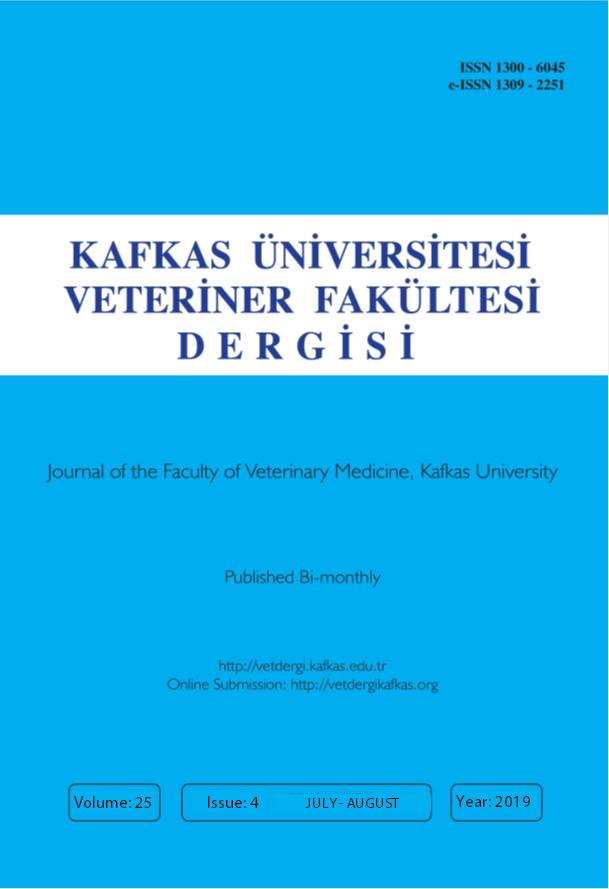
This journal is licensed under a Creative Commons Attribution-NonCommercial 4.0 International License
Kafkas Üniversitesi Veteriner Fakültesi Dergisi
2019 , Vol 25 , Issue 4
Optimization of Entrapment Substances for Microencapsulation of Lactobacillus plantarum and Lactobacillus casei Shirota against Gastric Conditions
1Osmaniye Korkut Ata University, Kadirli Applied Sciences School, Department of Food Technology, TR-80760 Osmaniye - TURKEY
DOI :
10.9775/kvfd.2018.21274
Microencapsulation is a promising method that has considerable effects on protection of probiotic viability. A variety of coating materials
have been utilized to enhance the stability of probiotic microorganisms during the transition through gastrointestinal tract. The aim of
this research was to determine optimum coating material combinations for probiotic microencapsulation against gastric conditions.
Fructooligosaccharides, peptide, sodium alginate, gelatin and gellan gum were used as entrapment substances to microencapsulate
Lactobacillus plantarum and Lactobacillus casei Shirota with extrusion technique. The response surface technique was applied to detect
the optimum proportion of encapsulation substances against gastric condition. Microencapsulation protected probiotic cultures against
stress factors such as simulated gastric juice and bile-salt solution. Optimum rate of encapsulation substances varied according to the type
of probiotic bacteria. Test results showed that L. plantarum should be coated with 1.5% alginate, 0.92% gellan gum, 0.18% gelatin, 0.36%
peptide and 1.31% fructooligosaccharides for highest protection. L. casei Shirota should also be coated with 2% alginate, 0.98% gellan gum,
0.51% gelatin, 0.86% peptide and 1.98% fructooligosaccharides for highest protection. This research concluded that microencapsulation
with encapsulation materials at optimum concentration provided improved protection for the probiotics.
Keywords :
Lactobacillus casei Shirota, Lactobacillus plantarum, Microencapsulation, Response surface method, Extrusion










